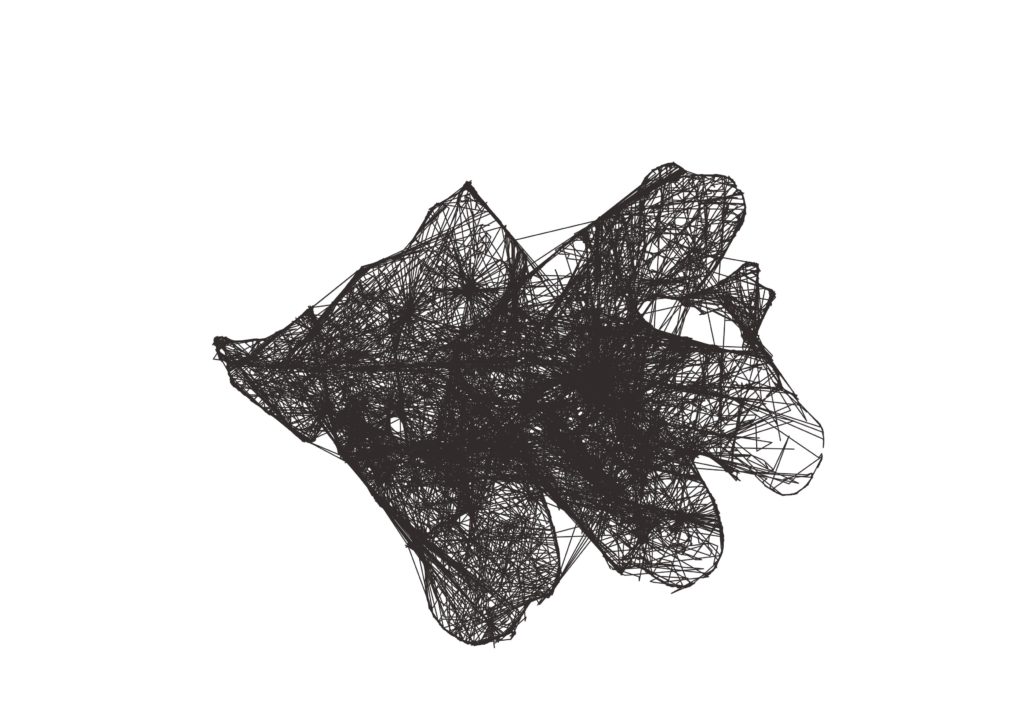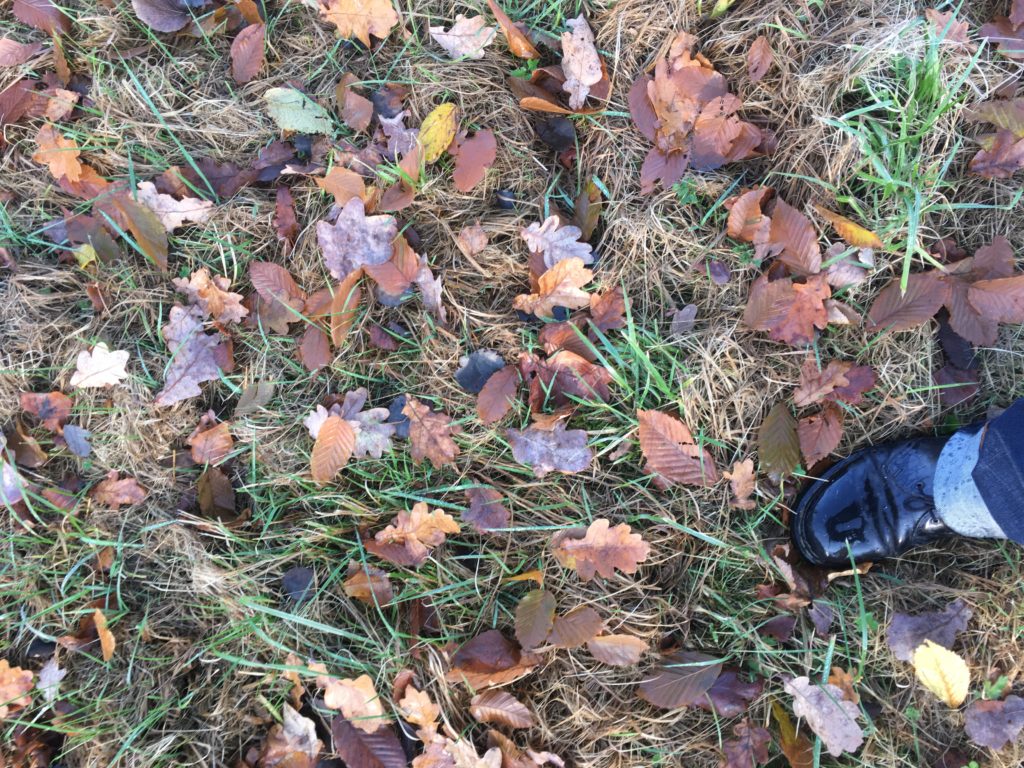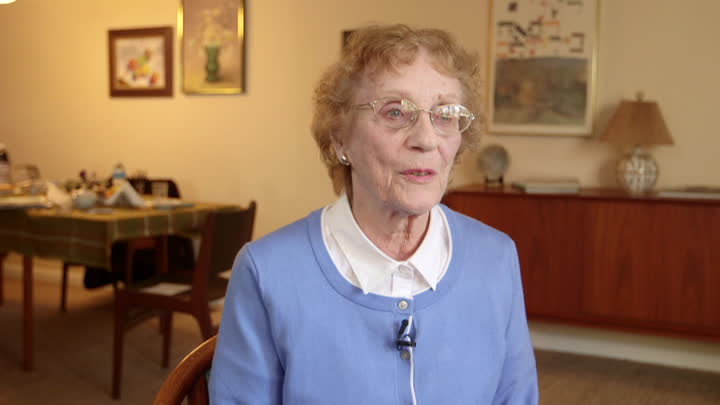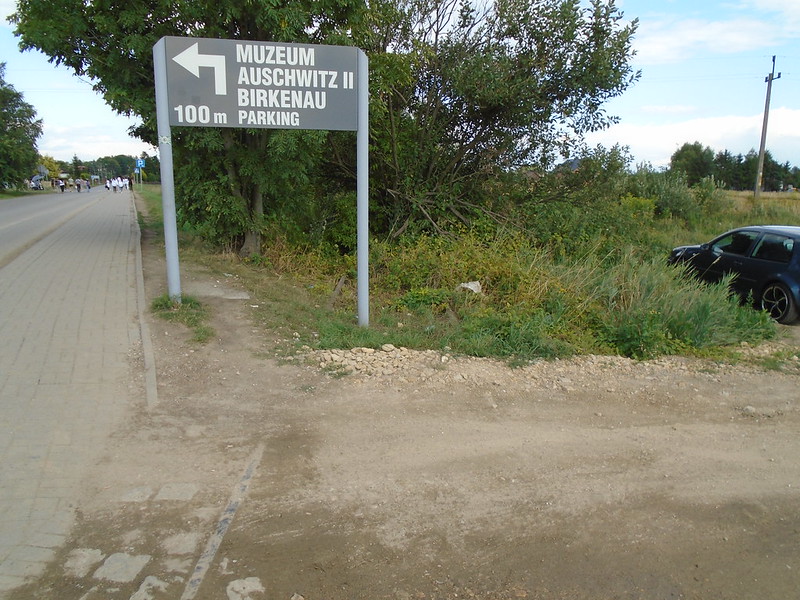
#12 leaf


From my doctoral research a project is emerging, 100 leaves from Auschwitz.
On Holocaust Memorial Day 2020 I circumnavigated Birkenau.
On Armistice Day 2021 I collected 100 leaves from Birkenau.
I’m making a memorial chapbook for Holocaust Memorial Day 2023.


When creating an image in the Midjourney AI program it is possible (and possibly more interesting) to record the process by which Midjouney thinks the image into being.

I spend a lot of time (and money) looking for books that step outside conventional structure. I know there are a lot of them around but at the same time, there is no genre, no identifying marks that lead to books of this nature. I read across fiction and non-fiction and poetry, hoping for something that mixes them all together into something new.
So it’s nice to come across a book that wears this sort of heart on its sleeve and which gives me some more clues to the language of this space.
‘Formally experimental – mini plays, time-stamped fragments, prose-as-prayer – in work that’s political, comic and genuinely original.’
‘Foley joins a cohort of contemporary authors whose work seems dissatisfied with narrative conventions. What happens when we blow them open?’
Ordered in confidence but not read yet.
The allure of seeing the world from above is so closely associated with the discipline of geography that some degree programs even suggest that students who “prefer the window seats on airplanes” might be potential future geographers. And while there are many reasons to be cautious about the totalizing perspective of the “God’s-eye view,” aerial images still nevertheless invite us to observe spatial structures both grand and intimate, and to interrogate how the patterned ground on which we live came to take on its visual form.
Some of the most interesting aerial observations emerge from repetition in the landscape—both built and natural forms that occur time and time again. When I was working on developing our Insizeor tool, I tried a few different processing techniques for clipping out sections from an aerial image layer. Using one of these techniques that I didn’t eventually need for Insizeor, I started to experiment with what it would look like if I created rapid animations based on repetitive features.
https://www.leventhalmap.org/articles/birds-eye-cards/
I have a machine that draws using what you put in it, pens, pencils, fountain pens, whatever. I’m just starting, all is experimention. You can put the machine down on anything so I’m looking at found materials and large scale drawings. My aim is to use mixed media.

This fillm of a return visit to Auschwitz-Birkenau was made on the day after the 75th anniversary of the liberation of Aushwitz. I was there also on that day, visiting.
Anneliese Nossbaum passed away March 23, 2020 after falling ill within weeks of returning from a trip that commemorated the 75-year anniversary of the liberation of Auschwitz. She was 91.
She was born on January 8, 1929 in Guben, Germany as Anneliese Winterberg. At the age of two, her family moved to Bonn where her father later became the rabbi of their synagogue.

https://apria.artez.nl/issue/time-matters/

With contributions from Peter Sonderen, Laurie Hermans and Katía Truijen, Ienke Kastelein, Marijke Goeting, Jesse Ahlers, Paula Walta, Claudia Molitor, Liza Rinkema, Terike Haapoja, Alice Smits, Rick Dolphijn, Sharon Stewart, Frans Sturkenboom, Saskia Isabella Maria Korsten, Korsten & De Jong, Joep Christenhusz, Sophie Krier, Christel Vesters, and Monique Peperkamp
Edited by Peter Sonderen, Sharon Stewart and Joep Christenhusz

You can only go to Auschwitz for the first time once.
When I walked from my hotel the first time I had no idea what was hiding from me in plain view in the landscape. I didn’t know anything. I didn’t know that my hotel, the Polin, carried the Yiddish name for Oswiecim. I didn’t know that behind my hotel, below my balcony, was the remains of Jew Street, where the biggest synagogue had been until destroyed by the Nazis. I didn’t understand that the huge new hotel that stretched from the riverside to the top of the hill was built on the site of a Jewish business. All I knew was that I could walk from here to the remains of the camp known as Auschwitz.
I had a simple plan, to walk through town, cross the railway lines and on towards Birkenau. I didn’t think too much about what I was going to encounter—a lifetime of pictures and books seemed to have prepared me. I was looking for the abyss.
The large camp at Brzezinka is almost due West from the old town square where I am staying. My hostel overlooks the Ryka at the front and, although I don’t yet know it, the site of the old Great Synagogue and Jew street at the back. I’ve spent some time gazing from my balcony down towards the river, the Sola and the huge new hotel that climbs up from the bank.
This hotel replaced the house and factory warehouse of the Haberfeld vodka brand, though I don’t know that either on my first trip. There are many things I don’t know and, it seems, no simple way of learning them except by being in the space. I learn to be observant.
That first day I set out to walk to Birkenau. There are several possible routes and my approach is a bit random, but I know the rough direction. I have to cross the river and the railway, they are the bounding elements of the Zasole district, the new town on the West bank of the river.
I didn’t know how many ways there were to cross the river so I head down to the road bridge that spans the Sola in front of the new hotel.
I retrace my route that day, October 3 2018, by looking at the photos I took. I took my first image at 9.02 and then at 9.07 outside the Youth Centre. After that I didn’t take anything more until I reached the overpass that takes the road to Birkenau over the m. Kolbego main road and the PKP railway line.
I emerged back at the railway station and took a left on the Krakow road that runs parallel to the tracks. I emerged opposite the huge Soviet station that did not have much time left in this world. By the following year it had been demolished and a new, smaller and modern station was being built along with the modernisationa and electrification of the Chrzanow-Krakow line. The line from Katowice and to the Czech Republic meet here. Three rivers, three rail lines.
This crossing has clearly been rebuilt and realigned since the war—there are the remains of a previous bridge emerging from the undergrowth on the West side. The bridge crosses from the Zasole district towards Auschwitz II Birkenau, but there are no signs on the main road.
All along this route I didn’t think much about where I was or what else was in the landscape, but I quivered with anticipation of seeing the camp appear ahead of me. I can’t say I had a picture in my head of what I was going to see although everyone knows the image of the gatehouse. I just knew that I was walking into the past, slouching towards the abyss and that this time there was no distance between me and it.